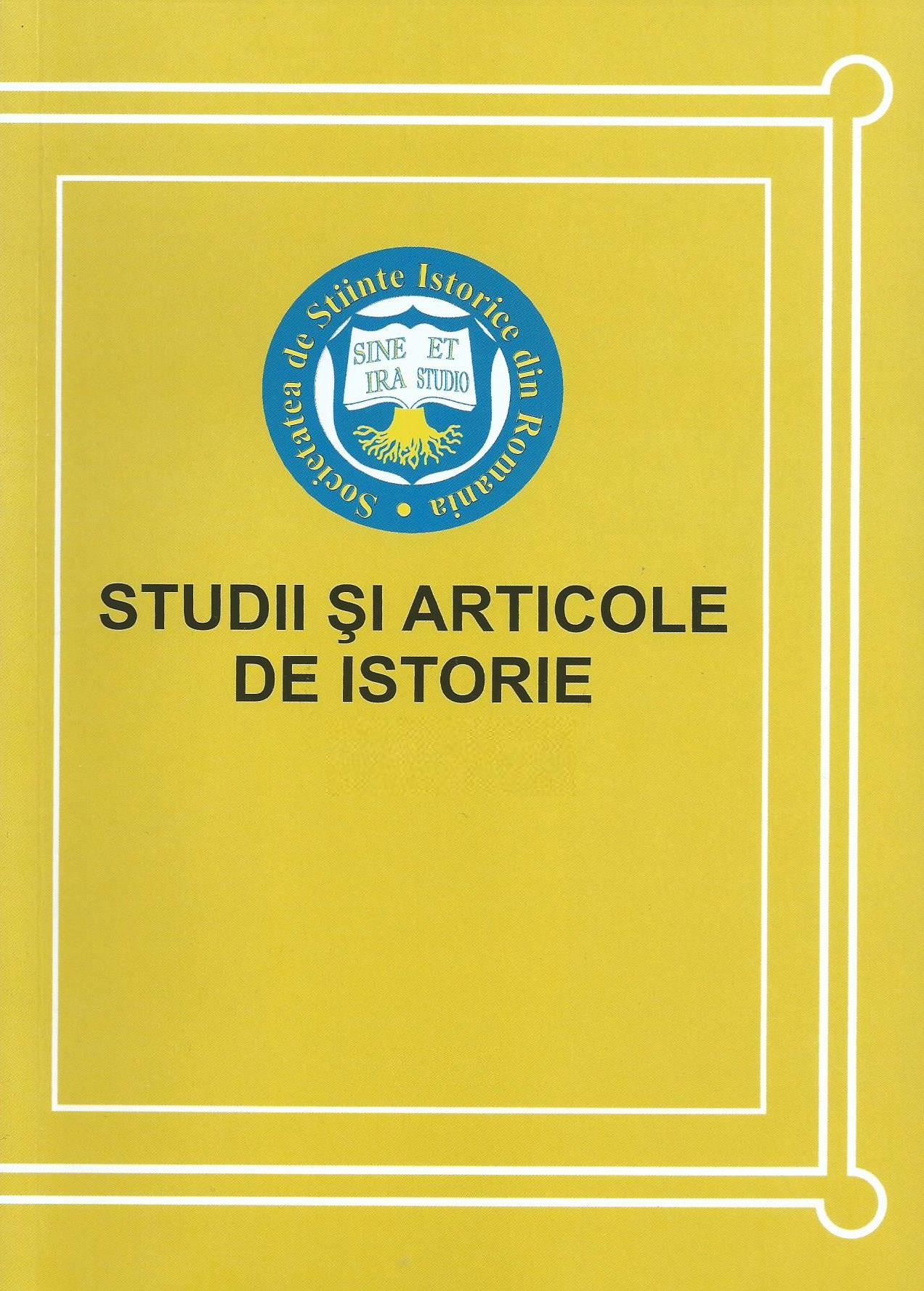ŞCOLILE ARMENILOR ŞI BULGARILOR
ÎN PEISAJUL ŞCOLAR BUCUREŞTEAN DE LA
SFÂRŞITUL SECOLULUI AL XIX-LEA ŞI
ÎNCEPUTUL SECOLULUI XX
ARMENIAN AND BULGARIAN SCHOOLS IN THE BUCHAREST
SCHOOL LANDSCAPE FROM THE END OF THE 19TH CENTURY
AND THE BEGINNING OF THE 20TH CENTURY
Author(s): Mihaela FLOREA CONSTANTINESCUSubject(s): History, Ethnohistory, History of Education, Sociology of Education
Published by: Societatea de Ştiinţe Istorice din România
Keywords: school, teacher; community; national minority; Armenians; Bulgarians;
Summary/Abstract: The image of private schools in Bucharest at the end of the 19th century and the beginning of the 20th century is completed by the schools of Armenians and Bulgarians. These fell into the segment of national minority schools. Both Armenians and Bulgarians organized school institutions near places of worship, this being a characteristic of minority education in the mentioned period. The Armenians formed a strong and compact community around the Armenian church where the neighborhood of the community called The Outside Market was also located; the first information about the Armenian school dates back to 1817 and is related to the name of Manuc-bey; this institution will exist until the seventh decade of the 20th century. The Bulgarians will not constitute a compact community with a well-defined neighborhood like that of the Armenians; the first school settlements are attested around 1848 near a Catholic church. The school of the Bulgarians will reach its peakin the period leading up to the Great War and will be called the "Bulgarian privatemixed primary and pre-secondary urban school"; after 1918, the complete gymnasium will also be organized.
Journal: Studii şi articole de istorie
- Issue Year: 2023
- Issue No: 90
- Page Range: 144-164
- Page Count: 21
- Language: Romanian

